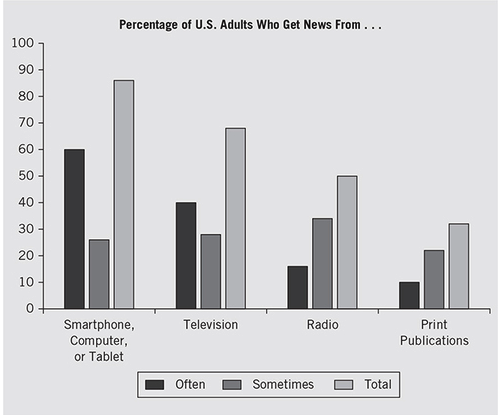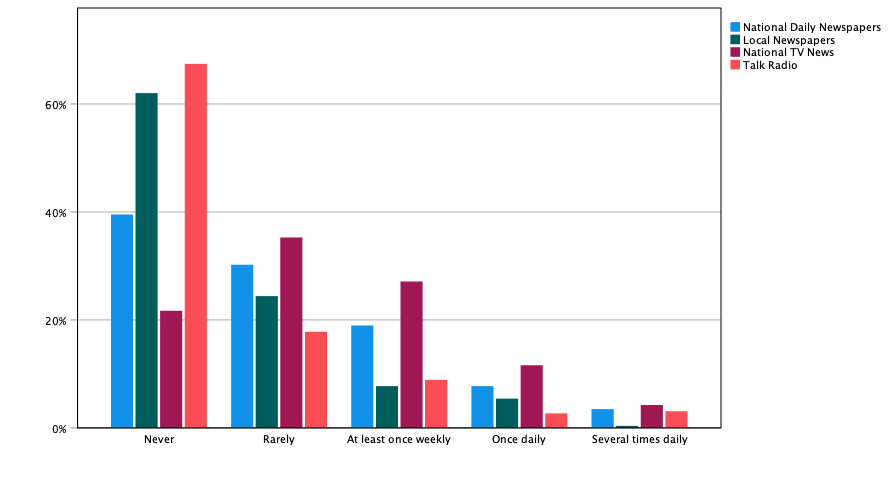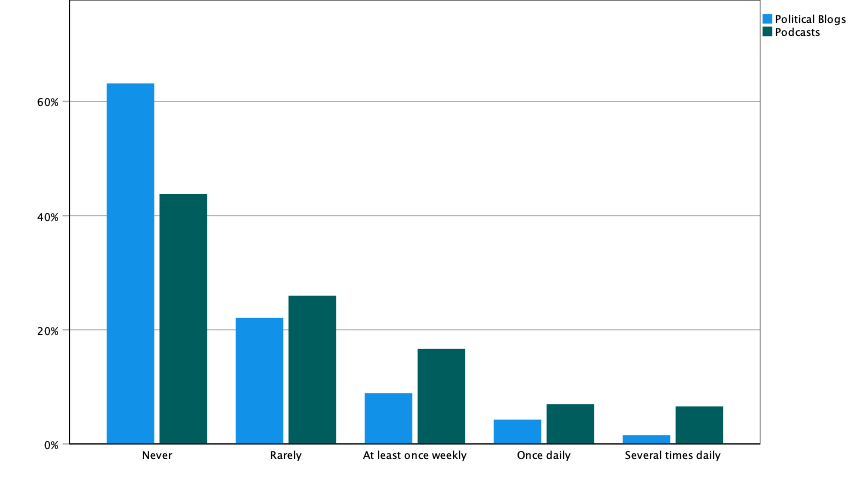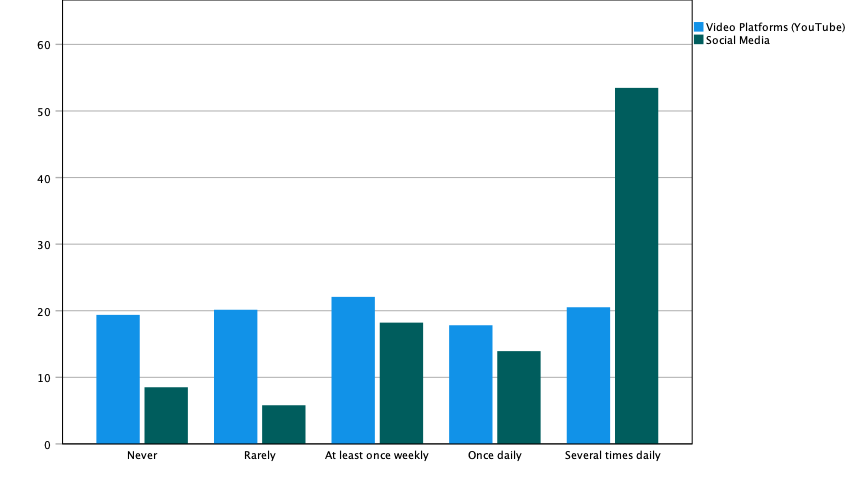Media Ownership and Regulation
Readings:
This learning units is based on and follows the structure of Chapter 2: Ownership, Regulation, and Guidance of Media
in our textbook:
Mass Media and American Politics (by Johanna Dunaway and Doris. A. Graber)
I have also gathered some articles related to the contents of this learning unit:
Introduction
We have already discussed the role of the mass media as watchdogs. We analyzed it as the .“surveillance function” of media. That explains why media are considered the Fourth Power of the state – and also why there is such a strong interest to control media contents. Those who have this power, the gatekeepers, can play an essential role in the political game.
Public vs Private Media
In the following video we discuss the nature of media ownership.There are two basic types of ownership: public and private. Both public and private media system can appear in different formats depending on the social, economic and political characteristics of the state’s organization.
Public Media in the U.S.
Public
- Voice of America
Semi-public
- PBS (Public Broadcasting System)
- NPR (National Public Radio)
Private Media in the U.S.
In the united State, media are predominantly in private hands. Private is a broad and vague term. It can refer to very different business models, from a private individual – or family – that owns a newspaper, to large corporate conglomerates that own networks of media in different formats and platforms, plus other business not necessarily related to communication.
We will differentiate in this learning unit FOUR different private business models:
- Independent
- National or regional chains
- Cross-media ownership
- Conglomerate
New Media Impact
The following video analyzes the brutal penetration of new communication technologies is affecting the way we consume news.
New digital media have been regarded as an as an alternative to traditional media.
Communication scholars realized early in their brief history that they might challenge the power position of the legacy media.
In the third learning unit dedicated to the Mass Media Effects, we analyzed the digital revolution and explained the novelty of networked media.
No heavy technological infrastructure is now needed to become a powerful actor in the media debate. Using Twitter, one single individual can reach audiences that were unthinkable for the most powerful TV networks (of course, it helps if you are or have been president of the United States).
The invasion of digital devices, PCs, laptops, tablets, cell phones, has impacted the way audiences get their news.
Right now, those digital devices are the most frequent channel to get information. Almost 90% of the users turn to digital devices to look for information often or sometimes, while not even 30% use the traditional print publications.

This trend is even more radical when we focus on the youngest generation.In a survey of students in Connecticut’s public state university system, not even 10% of participants read national or regional newspapers, including their online editions, on a daily basis.


The opposite seems to be the case with video platforms, such as YouTube, and most importantly with social media news feeds. Usually, those feeds do not require any conscious action on the side of the users. Social media platforms include news feeds. The news contained on those feeds are the result of obscure algorithms that may depend on the browsing history of the users – or more obscure political or economics agendas of the platforms. Shoshana Zuboff studies in her imposing book The Age of Surveillance Capitalism (2019, pp. 63-97) how media giants are using the behavioral surplus generated by out online activity to penetrate into our private sphere. We can now affirm that they know more about ourselves than even we do. This deep knowledge is used to push goods or ideas for our personal consumption.

Media Regulation
The process of national and local media chains merging into huge conglomerates has some worrying aspects. The most important one, from the point of view of political communication, is that it can degenerate into a homogeneity of voices that makes the democratic dialogue impossible.
The Federal Communications Commission (FCC) was created with the mission of delivering the necessary and effective regulation in the media market to make sure that it fulfills the main goal: To provide the citizenship with a plurality of voices.
In the following video, we dissect the FCC’s mission and discuss to that extent it has been successful.
